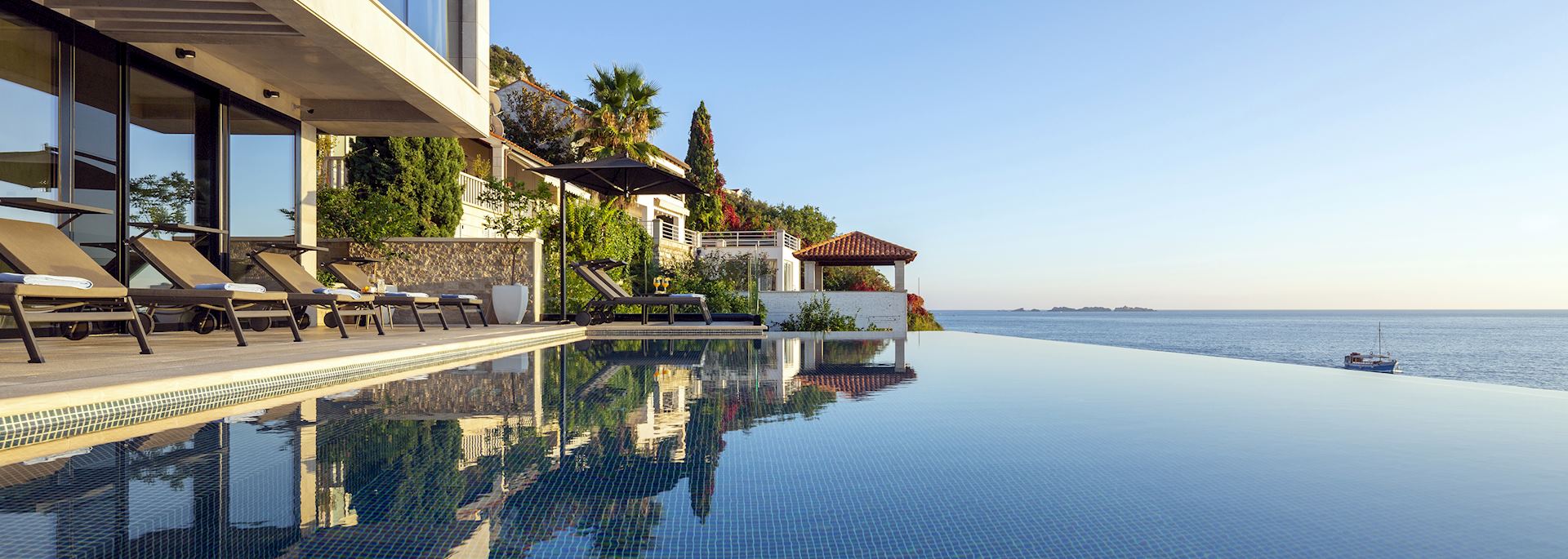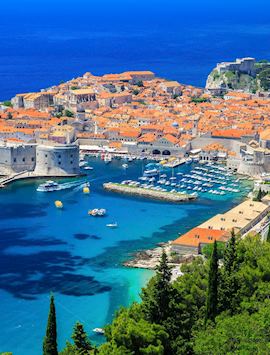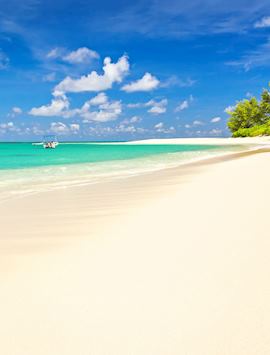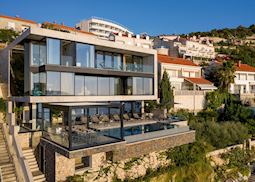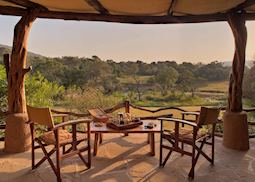Private and exclusive trip ideas
We’ve always specialised in private experiences. Now, as you look to spend time away with those closest to you, we're offering a new curated range of trip ideas that feature carefully selected private properties, along with experiences arranged solely for you. Treat them as inspiration, as your specialist will get to know you, meticulously planning your trip to create the experience you’re imagining.
Hand-picked private accommodation
We’ve worked with our long-standing partners around the world to create a collection of over 400 private stays that give you space and seclusion. From a whitewashed Scottish cottage with a roaring fire to a Hawaiian beach house with a barbecue deck, our specialists can help you discover what you’re looking for.
-
![Borgo Egnazia, Fasano]()
Borgo Egnazia
Italy -
![Villa Amelie, Dubrovnik town]()
Villa Amelie
Croatia -
![Mara Bush House, Masai Mara]()
Mara Bush Houses
Kenya -
![Kahutara PurePod]()
Kahutara PurePod
New Zealand -
![Riad Ilyaka, Marrakesh]()
Riad Ilayka
Morocco -
![Santo Pure Suites, Oia]() Responsible ChoiceWe've hand-selected a range of tours and stays across the world that go above and beyond to be a force for good by supporting local businesses, educating staff, challenging local norms, or promoting conservation and biodiversity efforts. Your Responsible Choice helps increase the positive impact of your trip.
Responsible ChoiceWe've hand-selected a range of tours and stays across the world that go above and beyond to be a force for good by supporting local businesses, educating staff, challenging local norms, or promoting conservation and biodiversity efforts. Your Responsible Choice helps increase the positive impact of your trip.Santo Pure
Greece -
![Bio Pool suite at Sublime Comporta, Comporta]() Responsible ChoiceWe've hand-selected a range of tours and stays across the world that go above and beyond to be a force for good by supporting local businesses, educating staff, challenging local norms, or promoting conservation and biodiversity efforts. Your Responsible Choice helps increase the positive impact of your trip.
Responsible ChoiceWe've hand-selected a range of tours and stays across the world that go above and beyond to be a force for good by supporting local businesses, educating staff, challenging local norms, or promoting conservation and biodiversity efforts. Your Responsible Choice helps increase the positive impact of your trip.Sublime Comporta
Portugal -
![Kempinski Hotel Barbaros Bay, Bodrum]()
Kempinski Hotel Barbaros Bay
Turkey -
![Mas de la Clairière, Gordes]()
Mas de la Clairière
France
Speak to a concierge specialist
Finding the right destination as you jump back into travel is an important decision, at a time we’re all rethinking how we explore. Listening to your interests and criteria, our concierge team will use their worldwide knowledge to advise you on the best destination for you. You can speak to a concierge specialist over the phone or arrange a video appointment.
